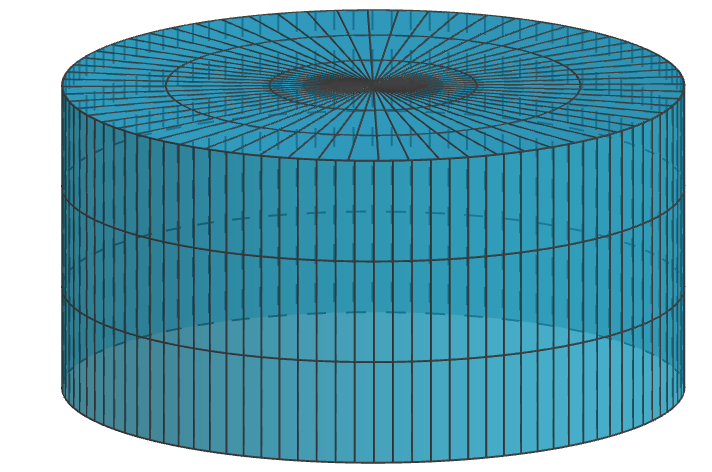Recap Video
Take a look at the following video which recaps the ideas from the section.
_
Example Video
Below is a video showing a worked example.
Problems
The sum of two numbers and with is equal to . Find the numbers which
give a maximal product.
Steps:
- Step 1: Draw a picture (if applicable). In this case, we do not really need a picture.
- Step 2: Assign variables and write down what needs to be maximized or minimized. In this case, we have our variables and . We want to maximize the product, so
- Step 3: Get the function in terms of one variable. In this case, we have two variables, and we want to bring it down to one. However, we have a relationship between and , namely that . Therefore, we can say . Plugging this into the product function gives
- Step 4: Decide on an interval (if possible). In this case, we know from the problem. To see the largest possible -value, note that , which means . Therefore, . This gives an interval of .
- Step 5: Find the maximum or minimum of the function on the interval. Now, we differentiate. We have We find critical points. In this case, there is only one, at . Since our interval is closed, we can just plug in this point and the endpoints into the function . Doing so gives Therefore, the maximum product is , and it happens when and .
You have feet of fencing to build a rectangular pen with three parallel
partitions. Find the dimensions of the pen which will maximize the area.
Steps:
- Step 1: Draw a picture (if applicable). In this case, a picture will
be nice:

- Step 2: Assign variables and write down what needs to be maximized or minimized. Let’s have be the length of the base and the vertical height. In this case, we want the maximal area, and the area of the rectangle is
- Step 3: Get the function in terms of one variable. In this case, we have two variables, and we want to bring it down to one. However, we have a constraint. Namely, we have feet of fencing. In this case, this is the perimeter plus the three partitions. Therefore, in terms of and : Solving for in terms of , say, gives Plugging this into the area function gives
- Step 4: Decide on an interval (if possible). In this case, we know from the problem (it is a length). To see the largest possible -value, note that , which means . Therefore, . This gives an interval of .
- Step 5: Find the maximum or minimum of the function on the interval. Now, we differentiate. We have We find critical points. In this case, there is only one, at . Since our interval is closed, we can just plug in this point and the endpoints into the function . Doing so gives Therefore, the maximum area is , and it happens when feet and feet.
Suppose we have a closed cylindrical can whose volume is in. The material
for the top and bottom of the can costs , and the material for the side of the
can costs . Find the dimensions which minimize the cost of the can.
Steps:
- Step 1: Draw a picture (if applicable). In this case, a picture will
be nice:

- Step 2: Assign variables and write down what needs to be maximized or minimized. Let’s have be the radius of the can and be the height. We need a cost function. Notice that the surface area of the top and bottom of the can combined is , and the surface area of the side of the can is . Therefore, the cost function will be
- Step 3: Get the function in terms of one variable. In this case, we have two variables, and we want to bring it down to one. However, we have a constraint. Namely, the volume is . The volume of a cylinder is , and setting this to and solving for gives Plugging this into the coasr function gives
- Step 4: Decide on an interval (if possible). In this case, we know from the problem (it is a length). However, cannot equal zero because that makes the cost function undefined (or because you can’t have volume 100 if the radius is . To see the largest possible -value, note that , which means . But this doesn’t give any new information, since this quantity is always positive. Therefore, our interval is .
- Step 5: Find the maximum or minimum of the function on the
interval. Now, we differentiate. We have
We find critical points. This is undefined when , but this isn’t in the
interval, so we don’t care. Our other critical point happens when .
However, the interval isn’t closed, so we have to justify our answer some
other way. There are two ways:
- Approach 1: Use the first derivative test. On the interval , the derivative is positivenegative , and on the interval , the derivative is positivenegative . So on , the function is increasingdecreasing , and on , the function is increasingdecreasing , which makes a local maximumminimum . Since it is the only critical point, it must be the global minimum.
- Approach 2: Use the second derivative test. Notice Plugging in gives , so is a local maximumminimum . Since it is the only critical point, it must be the global minimum.
Either way, we get a global min when inches and inches.